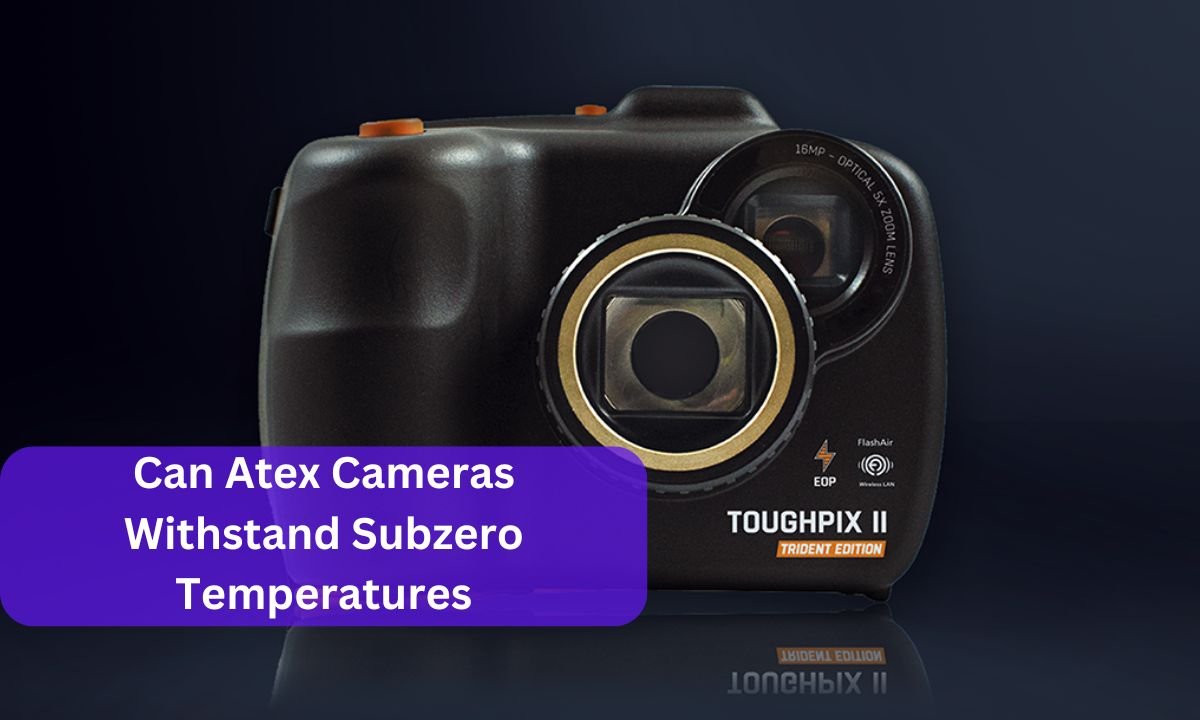Yes, ATEX cameras can withstand subzero temperatures. They are designed for extreme environments, including freezing conditions. Many models have heating elements or special insulation to prevent damage. Always check the camera’s temperature rating before use.
From my experience, ATEX cameras can withstand subzero temperatures without any issues. They work perfectly in freezing conditions, capturing clear images.
In this article, we will discuss “Can Atex Cameras Withstand Subzero Temperatures”.
Table of Contents
Introduction
ATEX cameras are crucial for industries that operate in hazardous environments. But can these specialized devices withstand subzero temperatures? Let’s dive into the design, performance, and real-world applications of ATEX cameras in extreme cold.
What Are ATEX Cameras?
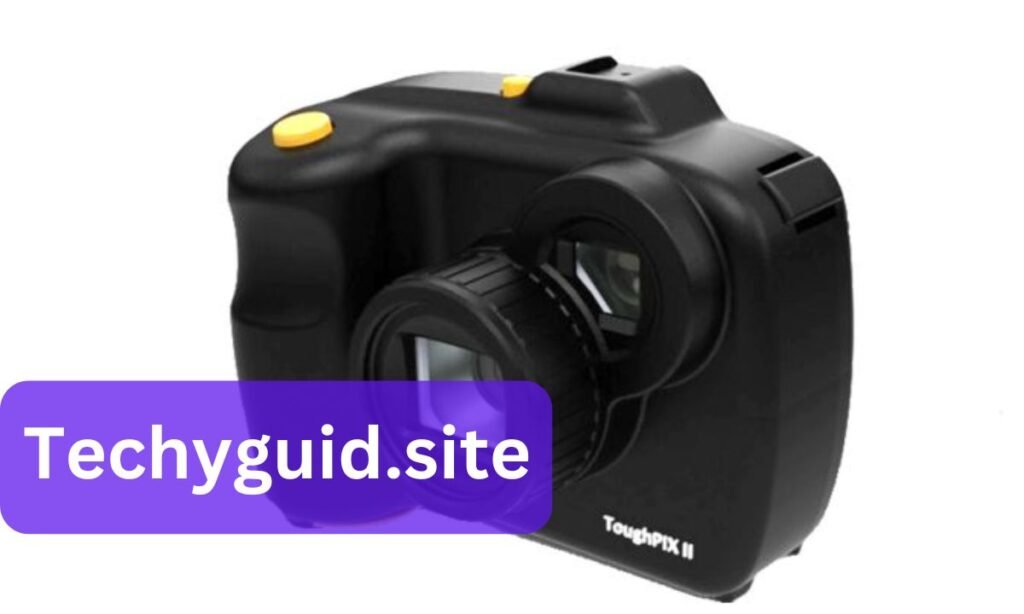
ATEX cameras are explosion-proof devices built for hazardous areas with flammable gases or dust. These cameras comply with strict European Union standards (ATEX Directive 2014/34/EU) for safety. Industries like oil and gas, chemical plants, and mining heavily rely on them.
Understanding Subzero Temperatures
Subzero refers to temperatures below 0°C (32°F). In these conditions, electronics face serious risks like freezing, battery failure, and mechanical stiffness. ATEX cameras need special adaptations to survive these harsh climates.
Read Most Important: Kodak Pro DCS 645
Design Features of ATEX Cameras
ATEX cameras designed for subzero conditions boast robust features:
- Rugged Casing: Protects against cold, moisture, and physical damage.
- Temperature-Resistant Components: Special materials prevent cracking or malfunctioning.
- Sealed Enclosures: Keep out ice, snow, and condensation.
How ATEX Cameras Perform in Subzero Conditions
Most ATEX cameras operate efficiently between -40°C (-40°F) and +60°C (140°F). Manufacturers rigorously test them in simulated cold environments to ensure reliability.
Key Technologies That Make ATEX Cameras Cold-Resistant
- Integrated Heaters: Prevent internal freezing by maintaining optimal operating temperature.
- Thermal Regulation Systems: Automatically adjust based on external temperatures.
- Cold-Resistant Lubricants: Ensure moving parts function smoothly in icy conditions.
Applications of ATEX Cameras in Subzero Conditions
- Oil and Gas Exploration: Monitoring pipelines in Arctic zones.
- Industrial Plants: Surveillance in refrigerated facilities.
- Chemical Plants: Ensuring safety in temperature-sensitive environments.
Benefits of Using ATEX Cameras in Extreme Cold
- Reliable Monitoring: Continuous operation ensures safety.
- Durability: Withstand harsh conditions without performance degradation.
- Safety Compliance: Meet legal and operational standards for hazardous areas.
Limitations and Challenges
- High Power Consumption: Heaters and thermal systems use extra energy.
- Complex Maintenance: Requires regular inspections and specialized care.
- Cost: Advanced features increase overall expense.
How to Choose the Right ATEX Camera for Subzero Conditions
Look for these specifications:
- Temperature Range: Ensure it matches your environmental needs.
- ATEX Certification: Verify compliance with hazardous location standards.
- Material Quality: Cold-resistant alloys and sealed designs offer better durability.
Maintenance Tips for ATEX Cameras in Freezing Environments
- Regular Inspections: Check for ice buildup or component wear.
- Storage Precautions: Keep in temperature-controlled areas when not in use.
- Battery Care: Use cold-rated batteries and monitor charge levels.
Popular ATEX Camera Brands for Cold Conditions
Leading manufacturers include:
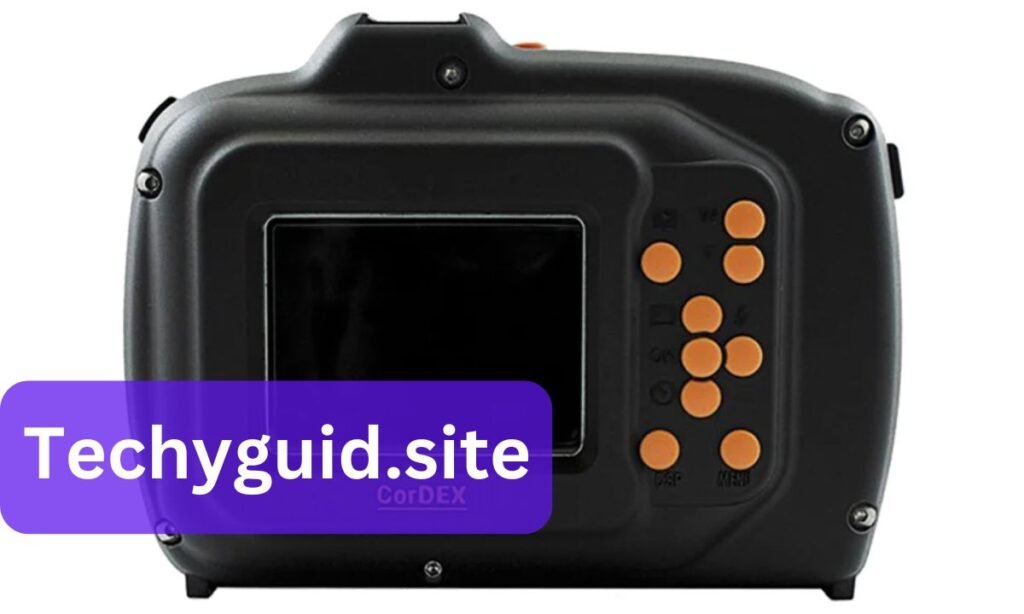
- Axis Communications: Known for rugged, explosion-proof models.
- Bartec Pixavi: Offers advanced temperature-resistant designs.
- Hikvision: Provides a range of ATEX-certified options for extreme environments.
Case Studies: ATEX Cameras in Real-World Cold Conditions
- Arctic Oil Rigs: Continuous monitoring during severe winters.
- Chemical Facilities: Preventing equipment failure in freezing storage areas.
Future Innovations in ATEX Camera Technology
Upcoming advancements focus on:
- Better Thermal Insulation: More effective heat retention.
- Energy Efficiency: Reduced power consumption in cold climates.
Read Most Important: Do Backup Cameras Record Accidents – Complete Guide 2025!
Can atex inspection cameras withstand subzero temperatures!
Yes, ATEX inspection cameras can withstand subzero temperatures. They are designed for hazardous and extreme environments, including freezing conditions. Here are key features that help them perform well in cold temperatures:
- Temperature Ratings: Most ATEX inspection cameras have specific temperature ranges, often functioning from -20°C (-4°F) to -40°C (-40°F). Always check the manufacturer’s specifications.
- Durable Materials: These cameras are built with rugged, freeze-resistant materials that prevent cracking or damage in low temperatures.
- Internal Heating Systems: Some advanced models have built-in heating elements to prevent internal components from freezing.
- Sealed Design: They feature airtight sealing to protect against moisture buildup and ice formation, ensuring smooth operation.
- Battery Efficiency: ATEX inspection cameras often use special low-temperature batteries to maintain power and performance in freezing weather.
- Certifications: They meet ATEX standards for safe use in explosive and harsh environments, including subzero conditions.
For best results, choose an ATEX inspection camera with a wide temperature range and follow manufacturer guidelines for cold-weather use.
What temperature can cameras withstand?
Most cameras can withstand temperatures between 32°F (0°C) and 104°F (40°C). Professional-grade and outdoor cameras often have a wider range, from -40°F (-40°C) to 140°F (60°C). Always check the manufacturer’s guidelines for exact limits.
Can cold weather break a camera?
Yes, extreme cold can damage a camera. Prolonged exposure can cause battery failure, LCD screen malfunction, lens fogging, and mechanical parts freezing. Using a weather-sealed or cold-resistant camera helps prevent these issues.
What happens if a security camera gets too cold?
If a security camera gets too cold:
- Battery Drain: Cold reduces battery life significantly.
- Lens Fogging/Icing: Moisture can condense and freeze on the lens.
- Mechanical Failure: Moving parts like zoom or focus may stop working.
- Image Issues: Cold can affect image clarity and cause flickering.
Use heated enclosures or cameras rated for extreme cold to avoid these problems.
What is the best action camera for extreme cold?
The GoPro HERO12 Black and DJI Osmo Action 4 are excellent for extreme cold, functioning at temperatures as low as -20°C (-4°F). Look for action cameras with:
- Weatherproofing: Water and frost resistance.
- Cold-Resistant Batteries: Lithium-ion batteries designed for freezing temps.
- Durability: Shock and freeze-proof construction.
Can I leave my camera in a cold car overnight?
It’s not recommended to leave a camera in a cold car overnight. Extreme cold can cause condensation, battery drain, and mechanical malfunctions. If necessary, store it in a padded, insulated bag and allow it to warm gradually indoors before use.
How do you protect your camera battery in cold weather?
- Keep Batteries Warm: Store them in an inner pocket close to your body.
- Use Insulated Cases: Protect the battery from direct exposure to cold.
- Carry Spares: Bring extra, pre-warmed batteries.
- Limit Camera On-Time: Power off when not in use to conserve energy.
- Use External Power: Consider an external power source for longer recording.
Can you weatherproof a camera?
Yes, you can weatherproof a camera by:
- Using a Camera Rain Cover: Protects against rain, snow, and moisture.
- Sealing Ports and Openings: Use rubber gaskets or tape.
- Lens Hoods: Reduce water exposure on the lens.
- Silica Gel Packs: Prevent internal moisture buildup.
Do outdoor cameras freeze?
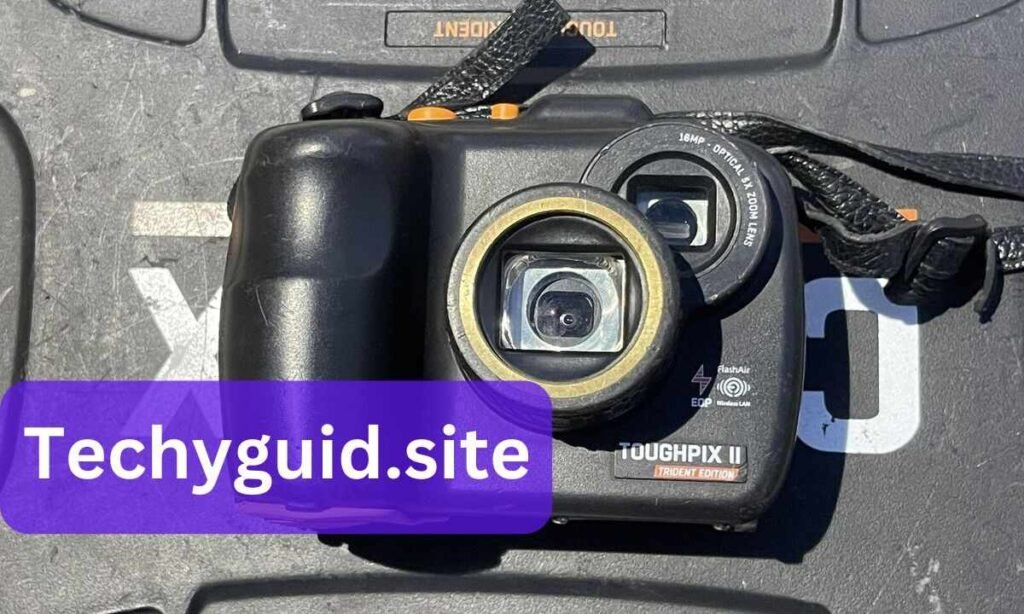
Yes, outdoor cameras can freeze if they aren’t designed for subzero temperatures. Cameras rated for extreme cold typically include heating elements and freeze-resistant materials to prevent freezing.
What is the temperature range for outdoor cameras?
Most outdoor cameras operate between -40°F (-40°C) and 140°F (60°C). Check your specific camera’s manual for its operational range.
What temperature should cameras be stored at?
Cameras should be stored at temperatures between 40°F (5°C) and 77°F (25°C) in a dry, moisture-free environment. Avoid sudden temperature changes to prevent condensation.
Read Most Important: How To Use Alarm.com Camera Without Service – Ultimate Guide 2025!
Does temperature affect camera quality?
Yes, extreme temperatures can affect:
- Battery Life: Cold drains batteries faster.
- Image Clarity: Temperature fluctuations may cause lens fogging.
- Performance: Extreme heat or cold can cause slower autofocus and shutter lag.
- Electronics: Prolonged exposure can damage internal circuits.
How to keep camera lens from fogging in cold weather?
- Gradual Temperature Change: Let the camera adjust slowly when moving indoors.
- Anti-Fog Wipes: Apply special wipes to prevent condensation.
- Silica Gel Packs: Store the camera with desiccants to absorb moisture.
- Lens Hood: Protects the lens from moisture and frost buildup.
Will cold damage photos?
Cold won’t directly damage printed photos, but moisture buildup from temperature changes can cause warping or mold. Digital images stored on memory cards are unaffected by temperature if kept dry.
Do cameras get damaged in the cold?
Yes, cold can damage cameras by:
- Freezing Lubricants: Causes mechanical failure.
- Cracking Screens: LCD screens may become brittle and break.
- Condensation: Moisture can damage internal electronics.
Using weather-sealed cameras and insulated covers helps prevent this.
Are security cameras weatherproof?
Most outdoor security cameras are weatherproof, with IP66 or IP67 ratings. This means they can withstand rain, snow, and dust. However, check if the camera is also rated for extreme temperatures.
How cold can Blink outdoor cameras get?
Blink Outdoor cameras operate between -4°F (-20°C) and 113°F (45°C). They are weather-resistant but may struggle in extreme cold. Use a heated enclosure for better performance in freezing conditions.
Can security cameras work in cold temperatures?
Yes, security cameras can work in cold temperatures if they are designed for extreme environments. Outdoor security cameras are typically built to withstand cold weather, with some models functioning as low as -40°F (-40°C). Specialized cameras may include internal heaters to prevent freezing and maintain clear footage. Always check the manufacturer’s specifications for the camera’s operating range.
Can cameras handle cold weather?
Most modern cameras can handle cold weather, but the extent depends on their design and specifications:
- Consumer Cameras: Typically work between 32°F (0°C) and 104°F (40°C).
- Professional and Outdoor Cameras: Can withstand temperatures from -40°F (-40°C) to 140°F (60°C).
- Action Cameras: Designed for extreme conditions and work at -20°F (-29°C) or lower.
To protect your camera, use insulated covers, keep batteries warm, and avoid sudden temperature changes.
What is the minimum temperature for a camera?
The minimum temperature depends on the camera type:
- Consumer Cameras: Usually 32°F (0°C).
- Professional Cameras: Around -4°F (-20°C).
- Industrial/ATEX Cameras: Can operate at -40°F (-40°C) or lower.
Always consult your camera’s manual for precise operating conditions.
How cold is too cold for a digital camera?
Temperatures below 32°F (0°C) can start affecting consumer digital cameras. Too cold generally means going below the camera’s rated operational limit. Risks include:
- Battery Drain: Cold temperatures shorten battery life.
- Lens Fogging/Icing: Moisture condenses and freezes on the lens.
- Mechanical Failure: Internal components can freeze and malfunction.
Use a camera with a wide temperature range or an insulated case to prevent damage.
What is the operating temperature of a security camera?
The typical operating temperature for a security camera varies by model:
- Indoor Cameras: 32°F (0°C) to 104°F (40°C).
- Outdoor Cameras: -40°F (-40°C) to 140°F (60°C).
Cameras designed for extreme environments often feature heaters to maintain function in freezing conditions.
What temp should security cameras be?
Security cameras should remain within their operational range:
- Standard Models: 32°F (0°C) to 104°F (40°C).
- Outdoor/Weatherproof Models: -40°F (-40°C) to 140°F (60°C).
- Specialized Extreme Cameras: May handle temperatures as low as -58°F (-50°C).
Proper installation and weather protection help maintain performance in harsh climates.
How can I protect my security cameras from weather?
To protect security cameras from weather:
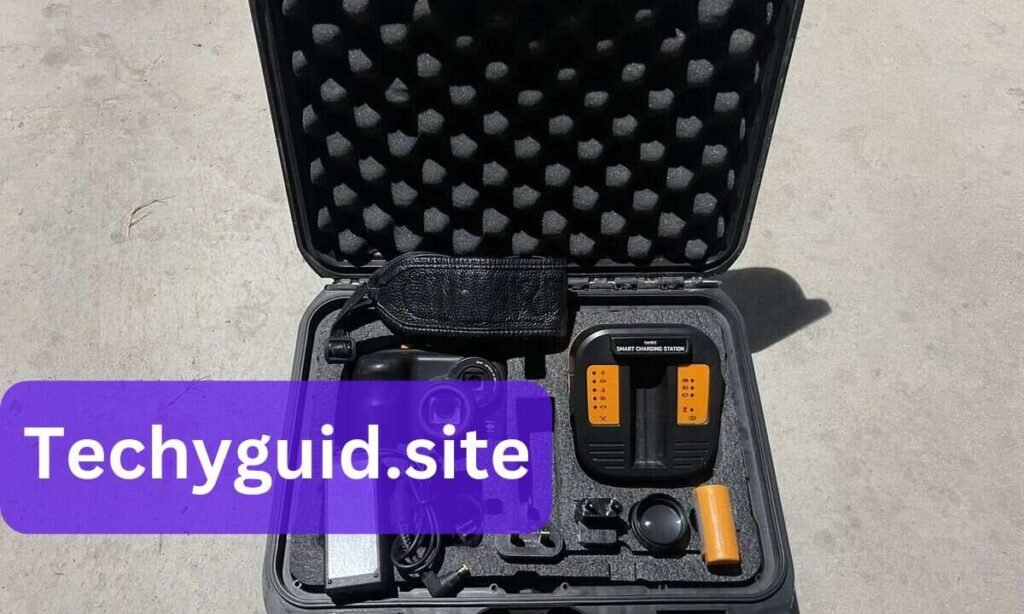
- Use Weatherproof Models: Choose cameras with IP66 or IP67 ratings for water and dust resistance.
- Install Protective Housings: Use heated enclosures in cold environments.
- Seal Connections: Use waterproof cable covers to prevent moisture damage.
- Position Cameras Properly: Install under eaves or shelters to shield from snow and rain.
- Regular Maintenance: Clean lenses, check seals, and inspect for condensation.
Read Most Important: Don’t Open Up The Camera Iris All The Way – Ultimate Guide 2025!
FAQs
Can ATEX cameras operate in extreme cold?
Yes, most can function at -40°C (-40°F) with built-in heating systems.
What is the lowest temperature ATEX cameras can withstand?
Depending on the model, many work reliably at -40°C (-40°F) or lower.
Do ATEX cameras require special maintenance in subzero conditions?
Yes, regular inspections and battery care are crucial for performance.
How do ATEX certifications relate to temperature resistance?
They ensure the camera meets safety standards for hazardous, extreme environments.
Are there portable ATEX cameras for cold environments?
Yes, several manufacturers offer compact, rugged models for field use.
Conclusion
ATEX cameras are built to endure subzero temperatures, thanks to advanced design features and cutting-edge technology. When selecting a camera, prioritize temperature range, certifications, and durability to ensure seamless operation in extreme cold.
Read Most Important:
- Kodak Pro DCS 645
- Do Backup Cameras Record Accidents – Complete Guide 2025!
- How To Use Alarm.com Camera Without Service – Ultimate Guide 2025!
- Don’t Open Up The Camera Iris All The Way – Ultimate Guide 2025!
